Rock collection can be a terrific hobby for kids to explore. Collecting anything can develop into a life-long hobby. But why is rock collecting so great for kids? Rock collections are particularly great because they teach organizational skills. The entire process of collecting, cataloging, and identifying is very educational. Below, we will go through some of the best rocks to collect, where to find them, and tips on organizing your child’s collection.
Educate kids about rock collections
What rocks are worth collecting?
From a child’s eyes, the best rocks worth collecting are anything cool. Kids like unique stones that they can add to their collections. Below, you’ll find out more about different rocks and minerals that are very cool:
Obsidian – A naturally occurring black rock made of volcanic glass. Because they are pitch black, it is an awesome addition to any collection.
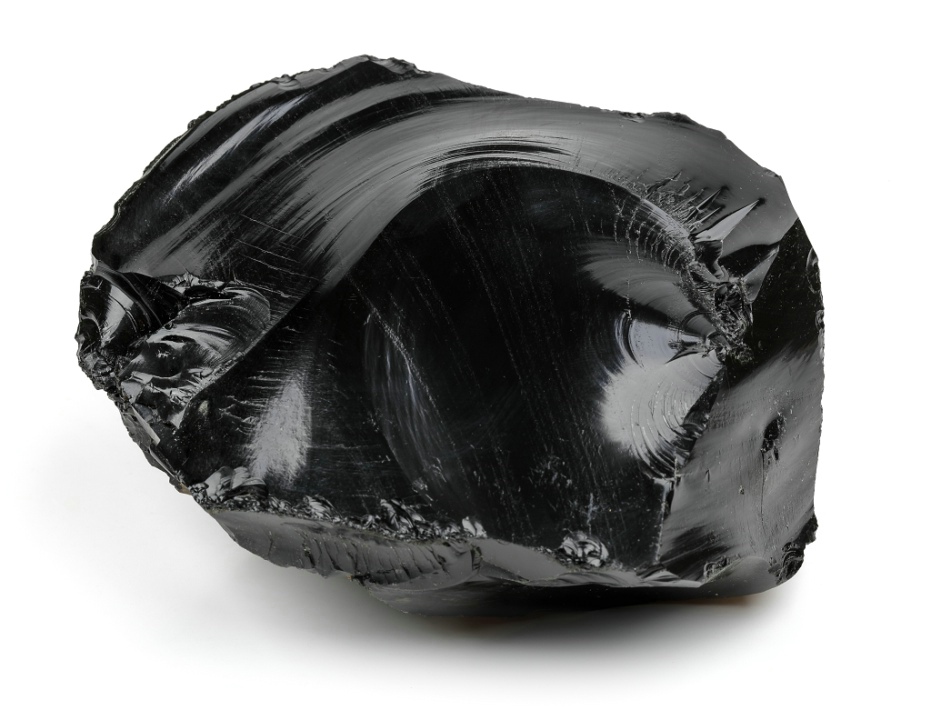
Fluorite – A transparent crystal mineral that transforms into a deep green color due to impurities. Kids will like them because of their unique coloration.
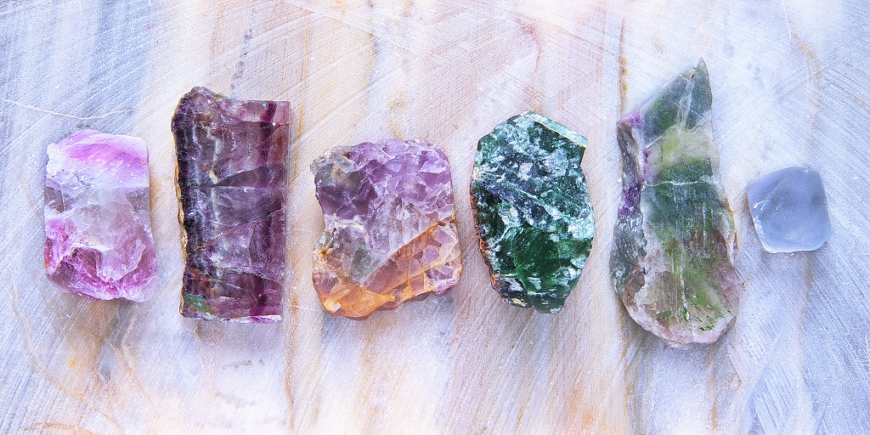
Opal – A rock that is known for its water content, creating a blue hue. Blue is another unique kind of rock color that kids will love to collect.
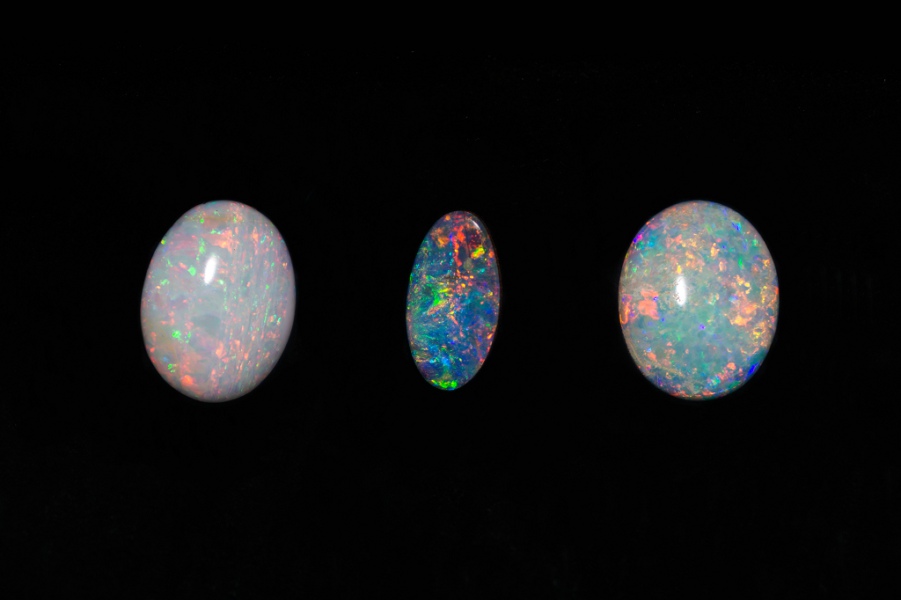
Granite – A combination of other rocks made of other stones like Quartz and Feldspar. The course grainy look of these stones gives them a unique color combination that kids will love.
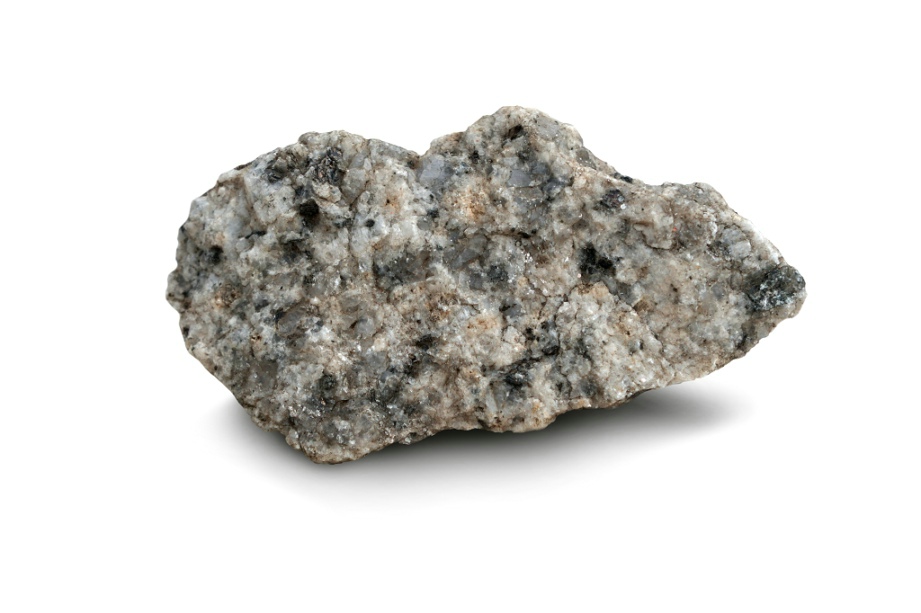
Rose Quartz – A pink form of quartz, which is known for its crystal structures. Pink is a unique color for rock, making it a neat part of any kid’s collection.
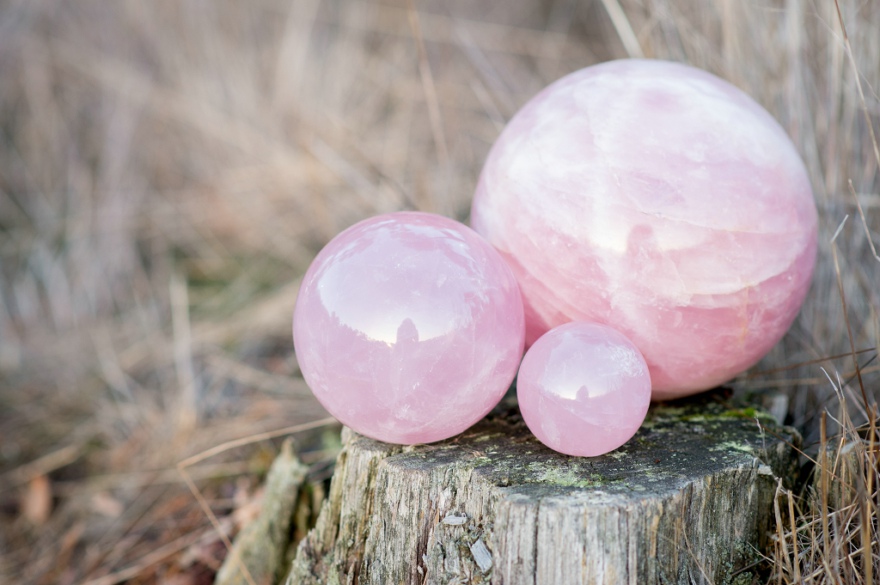
Peridot – A deep yellowish-green gemstone that is one of the few that only occurs in one color. Similar to flourite, these rocks have a unique color that makes them appealing to look at.
There are many more cool-looking stones you can find in the field. To identify them quickly, use the Rock Identifier App on the Google Play Store and AppStore.
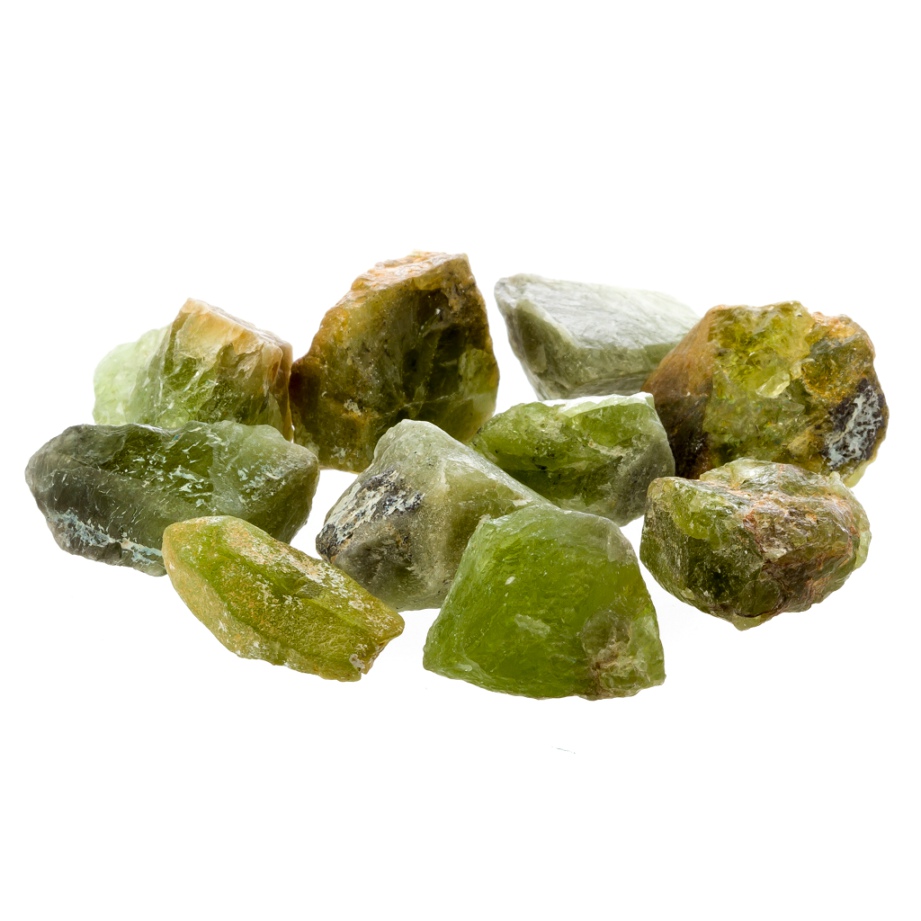
Where are good places to hunt rocks with kids?
Start with nearby state parks if you want to find good places to hunt for rocks with kids. These parks include hiking trails with stones nearby. If you can make the trip, there are also state parks built especially for rock hunters. Just ask the state park managers if you can collect rocks, as most don’t want you to take any. Here’s a list:
- Crater of Diamonds State Park in Murfreesboro, Arkansas
- Gem Mountain Sapphire Mine in Philipsburg, Montana
- Sheffield Mine in Franklin, North Carolina
- Emerald Hollow Mine in Hiddenite, North Carolina
- Juniper Ridge Opal Mine in Lakeview, Oregon
- Rainbow Ridge Opal Mine in Virgin Valley, Nevada
- Doc’s Rocks Gem Mine in Bowling Rock, North Carolina
Call ahead before making long trips if your goal is to collect rocks. If you don’t want to go to a State Park, you can connect with rockhounding groups by searching on Google. Generally speaking, rockhounding groups will explore mountains, quarries, and other non-regulated locations. Be sure to check with groups that have programs for kids so you can remain safe.
How do you organize your child's rock collection?
Once your kid starts getting a rock collection, it can get out of hand fast. Here are some tips you can use to organize a rock collection better:
- Identify your rock. The first step of organizing is to know what you are sorting. Identify the rock so you can move on to the next step.
- Write down its details on a card. Once you identify the rock, write down its information on the card. You can also write down when and where you found it if you want to sort by time or location.
- Sort the rock into different labeled displays. Once you label it, you’ll want to put it away in organized storage or on display. Because most kids like to look at their rocks, it’s good to get a display. Keep the original card and the stone together, which you can do by putting them into bags. Our Rock Identifier App can support you with a built-in collection function. Being able to store your collection data on this app will save you a lot of time (and a bit of paper).
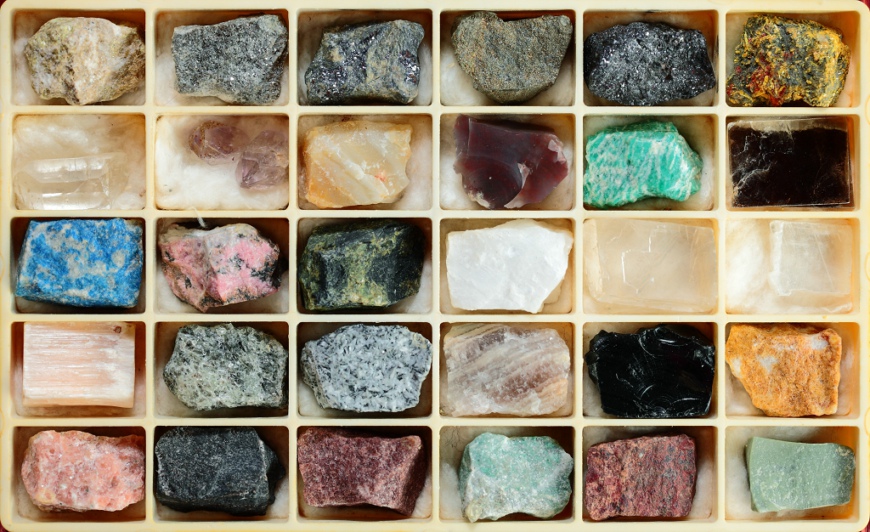
Conclusion
By following these tips on collecting, locating, and organization, you’ll be able to support your child’s rock collection hobby. We hope that this article helps you get started. For further support on identifying rocks, we recommend you check out our Rock Identifier App. This app can help you identify and collect unique stones in the field without carrying around a guidebook.